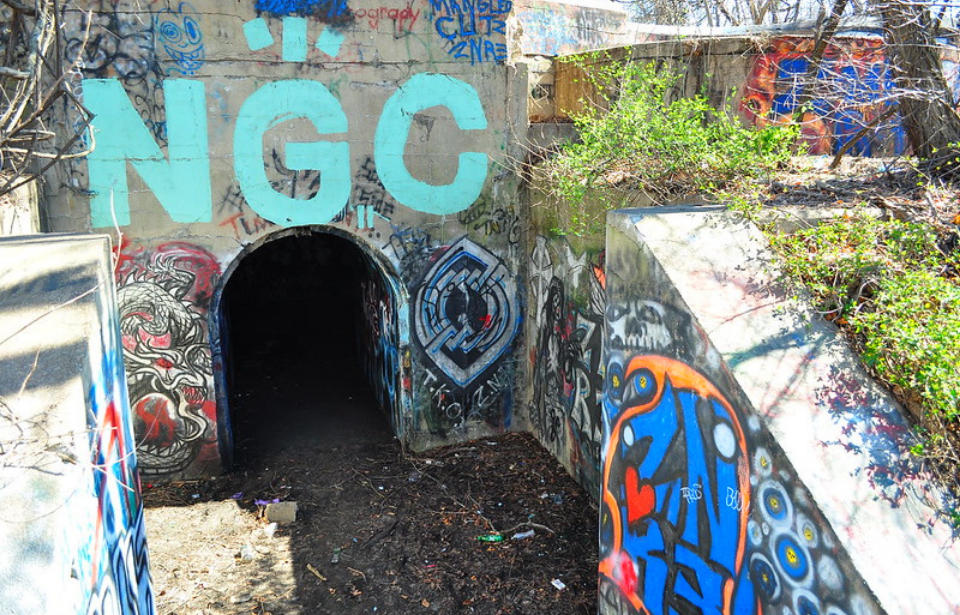There are many abandoned military bases across the United States, especially in Maryland. One of the initial 13 colonies and located along the East Coast, it was a prime location to set up a military presence. One of these installations was Fort Armistead, located in the Hawkins Point area of Baltimore.
A coastal defense fort on the coast of Maryland
Fort Armistead was constructed as part of the US government’s Endicott Program, which also saw the construction of Fort Smallwood, Fort Howard and Fort Carroll. The fort was named after Major George Armistead, the commander of Fort McHenry during the Battle of Baltimore in the War of 1812.
The battle inspired Francis Scott Key’s poem “The Star-Spangled Banner,” which was set to music and designated America’s national anthem in 1931. It’s also celebrated annually by the city the Baltimore, the county and the state of Maryland as Defenders Day.
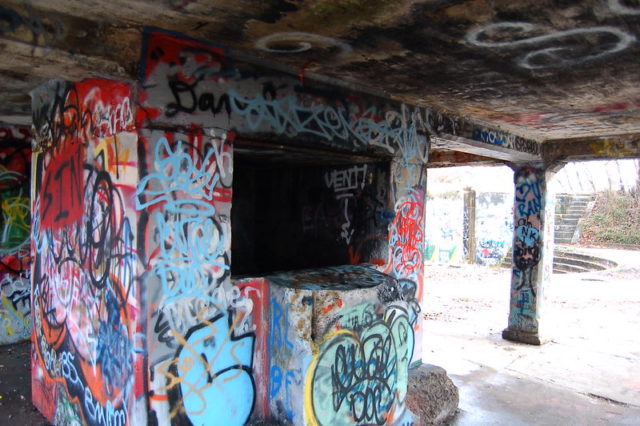
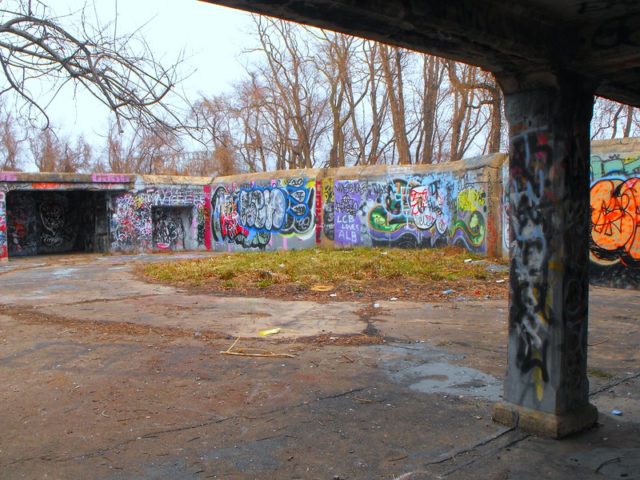
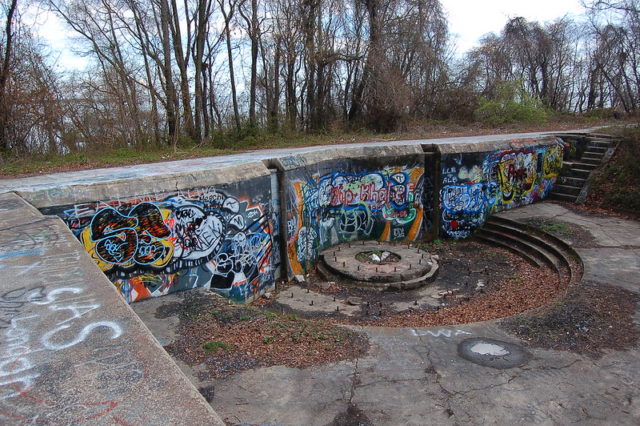
Fort Armistead was made up of four gun batteries. The first was Battery Winchester, named after James Winchester, who served in both the Revolutionary War and the War of 1812. It had one 12-inch M1888 disappearing gun. There was also Battery McFarland, named after Army officer Daniel McFarland, who was killed in action during the War of 1812. It featured three of the same guns as Battery Winchester.
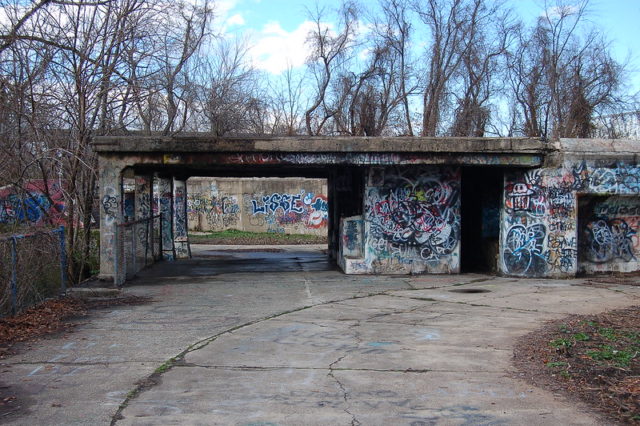
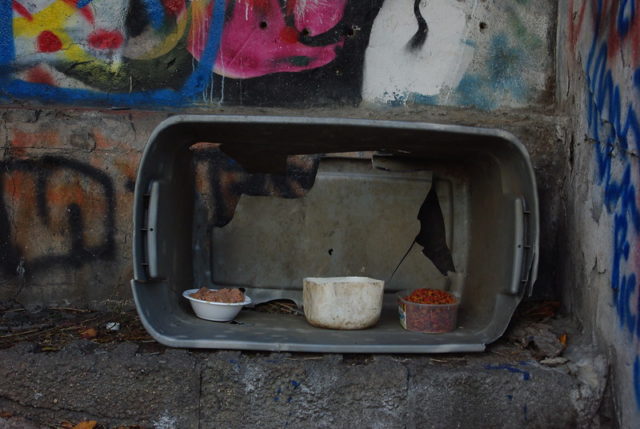
Battery Irons, named for Joseph Irons, who was killed during the Mexican-American War, was added to ensure the quick deployment of weapons along the East Coast following the outbreak of the Spanish-American War in 1898. It was armed with two 4.72-inch .45 caliber Armstrong guns on pedestal mounts. Battery Mudge, named after Robert R. Mudge, who was killed while fighting against the Seminoles, had two three-inch M1898 guns on masking parapet mounts.
The fort’s weapons are used during World War I
In 1913, Battery Irons was disarmed and its guns sent to Fort Ruger in Hawaii.
Once the US entered World War I in 1917, the majority of the artillery stationed at Fort Armistead was removed for possible use on the Western Front. However, the majority of the weapons were never sent overseas.
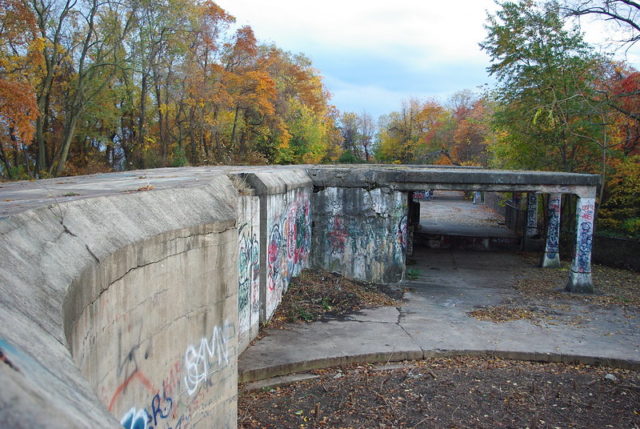
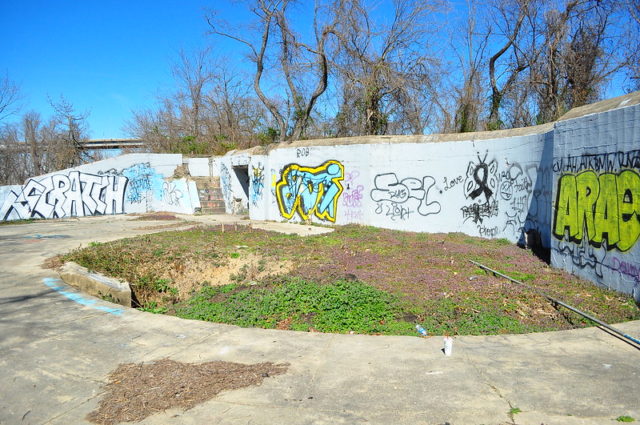
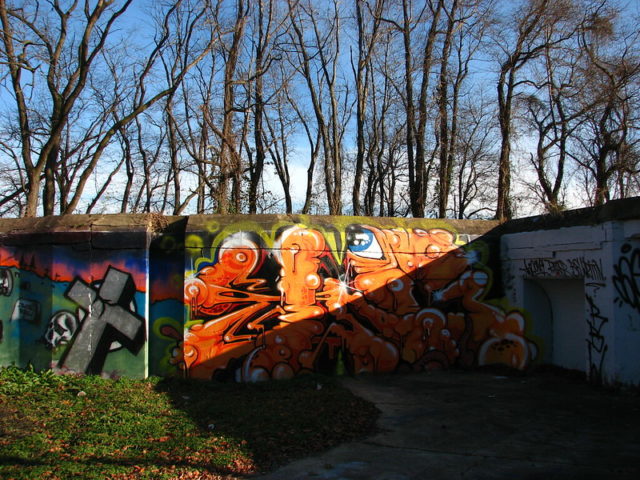
Along with the intention of using the weapons in Europe, others were removed for use in the US. Battery Winchester’s 12-inch gun was sent to Fort Wadsworth in Staten Island to replace one sent to the railway artillery program, while Battery McFarland’s guns were removed for potential use as railway artillery.
The majority of the guns stationed in the Baltimore area were dismounted between 1917-18 and not returned following the war.
Use following WWI
In 1920, following the conclusion of the First World War, Fort Armistead was closed down. The 3-inch M1898 guns based at Battery Mudge were scrapped at this time, as part of the US military‘s withdrawal of the guns.
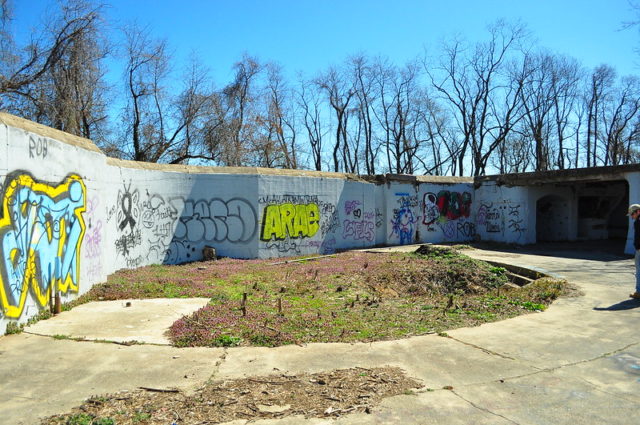
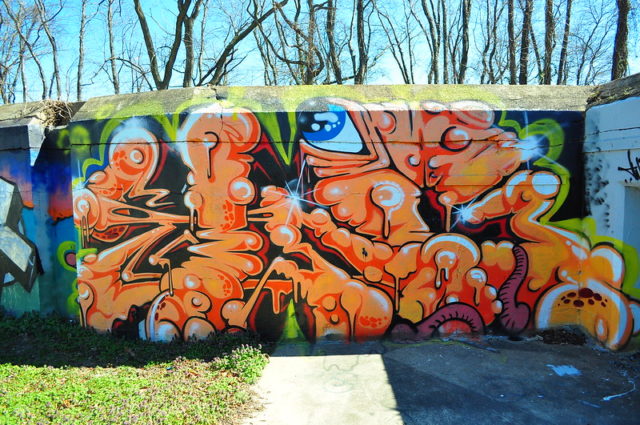
The US Army and the Department of War declared the fort surplus in 1923, and five years later the property was transferred to Baltimore’s Department of Recreation and Parks. It was in the department’s possession until World War II, when it was temporarily taken over by the US Navy for use as an ammunition storage site.
The last time any form of weaponry was stationed at Fort Armistead was between 1952-54, when a four-gun 90 mm anti-aircraft battery was stationed on the property.
Fort Armistead is turned into a public park
Between 1975-77, the Outer Harbor Crossing was built high above the Hawkins Point area of Baltimore. Carrying Interstate 695 – also known as the Baltimore Beltway – over the Patapsco Harbor, it now towers over Fort Armistead and the surrounding area.
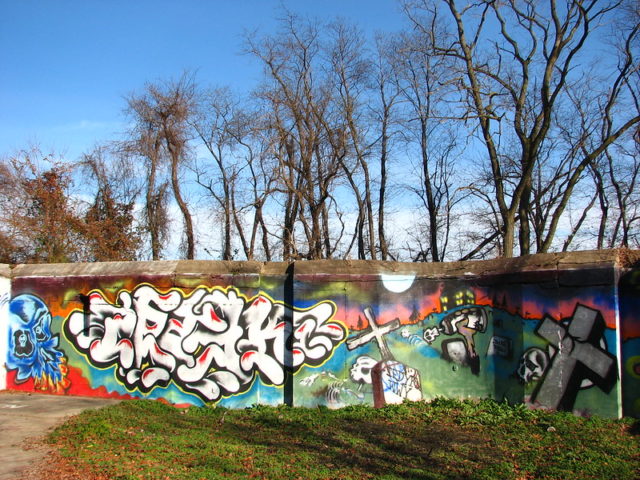
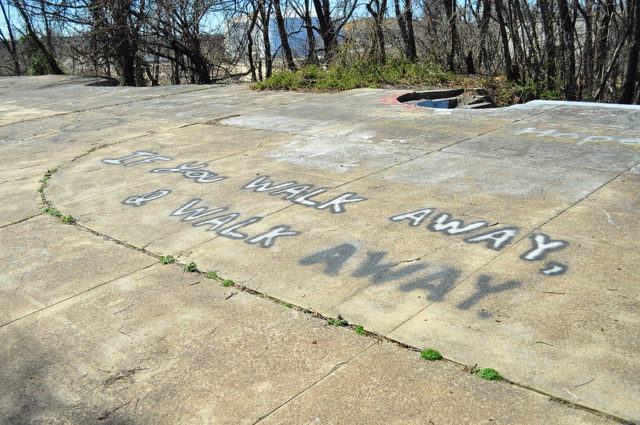
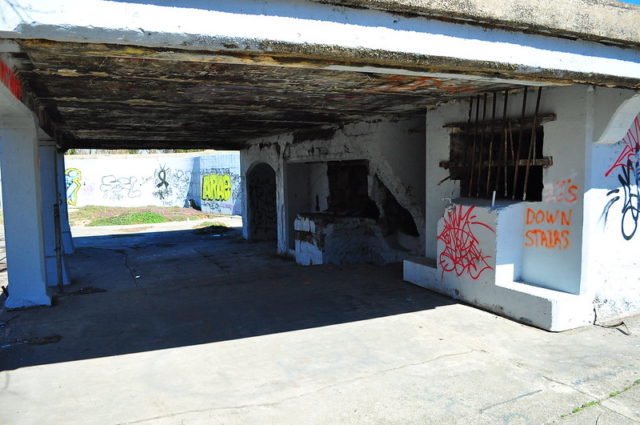
More from us: Željava Airbase: The Military Installation Built Into A Mountain
As it was no longer needed for the war effort, Fort Armistead was transformed into a public park, where visitors can walk through its grounds and fish in the waters along its border. Unfortunately, the park hasn’t been well-maintained, with trash and debris scattered across the ground and the gates blocking the interior of the fort having been removed. Graffiti also covers the majority of the concrete walls and tunnels.
